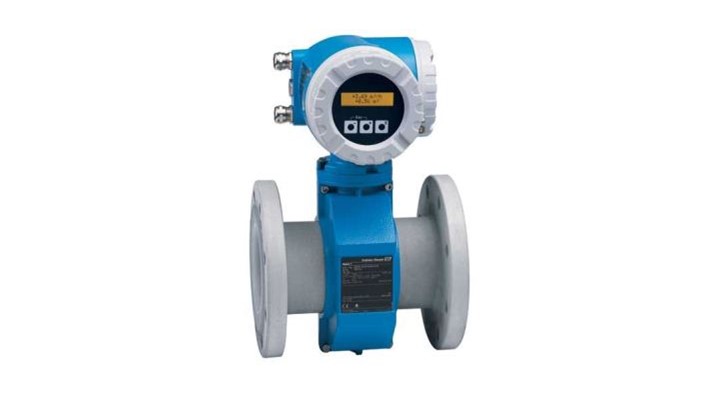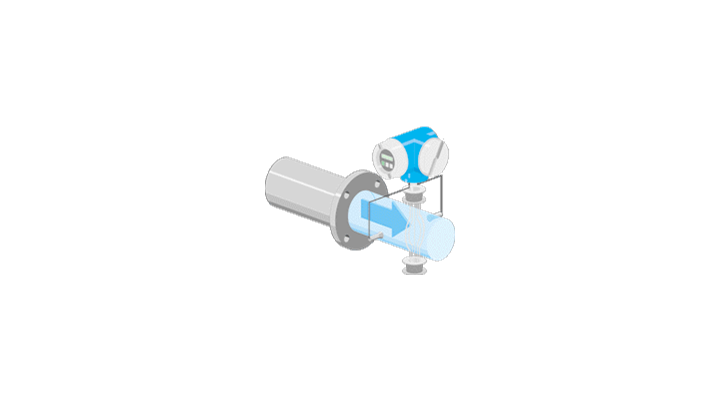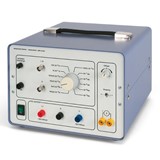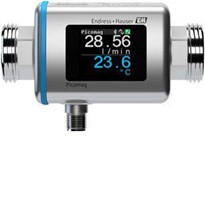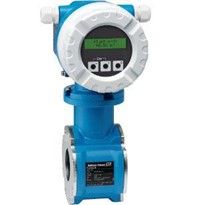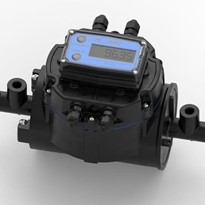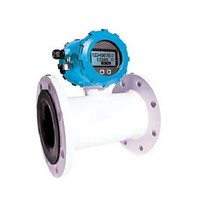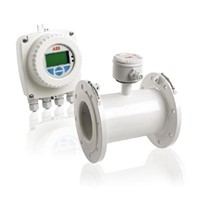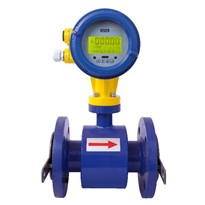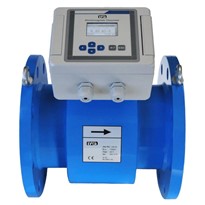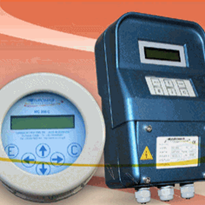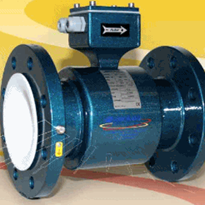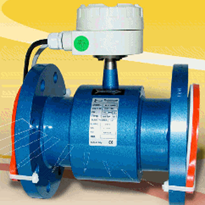The constant-strength magnetic field is generated by two field coils, one on either side of the measuring tube. Two measuring electrodes on the inside wall of the tube are at right angles to the coils and detect the voltage induced by the fluid flowing through the magnetic field. The induced voltage is proportional to flow velocity and thus to volume flow.
The magnetic field is generated by a pulsed direct current with alternating polarity. This ensures a stable zero point, and makes the measurement insensitive to influences from multiphase or inhomogeneous liquids, or low conductivity.
Advantages at a glance:
- The principle is virtually independent of pressure, density, temperature and viscosity
- Even fluids with entrained solids can be metered (e.g. ore slurry, cellulose pulp)
- Large nominal-diameter range available (DN 2...2000)
- Free pipe cross-section (CIP/SIP cleaning, piggable)
- No moving parts
- Minimum outlay for maintenance and upkeep
- No pressure losses
- Very high turndown up to 1000:1
- High degree of measuring dependability and reproducibility, good long-term stability


